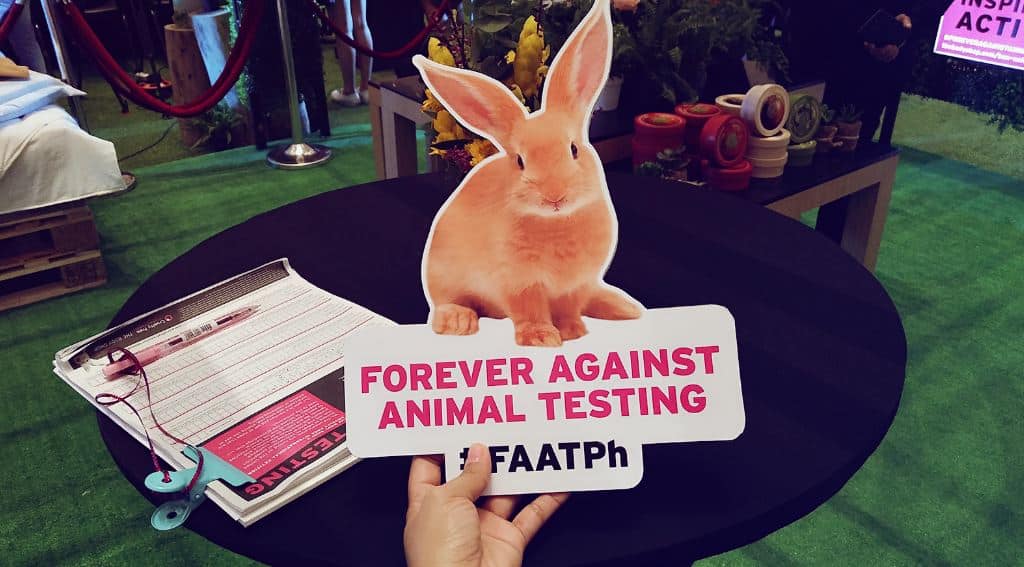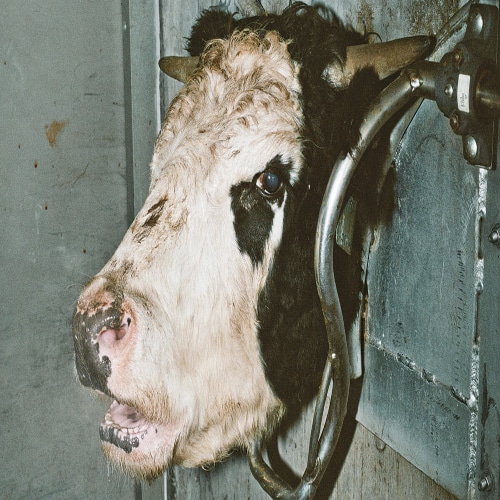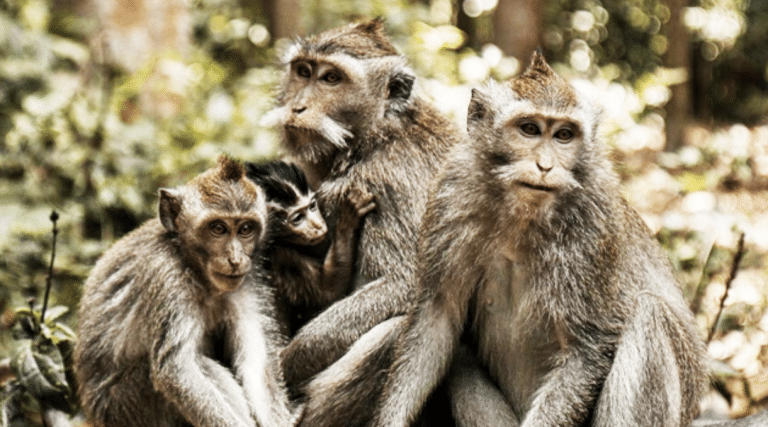Why Animal Testing Should Be Banned
Do you feel that animal testing should be banned? People have different views when it comes to animal testing. While some people support the decision to ban this cruel practice, others believe there is no harm in conducting research on animals for the welfare of humans.
But in reality, animal testing is not very effective, and it requires lots of time and money. Because of animal testing, hundreds of millions of animals suffer worldwide, and many of them are even killed after the experiment is over.
The animals are poisoned, infected, caged, and crippled to test the efficacy of different products. Animals are free to live without cruelty, so we must stop animal tests and look for alternative ways to test chemicals and conduct breakthrough innovations.
Many alternative ways, like human volunteers, computer models, and organs-on-chips, can be used to test different products and study various diseases. Let’s take a look at the reasons why animal testing should be banned and the shocking details about this inhumane practice.
Reasons Why Animal Testing Should be Stopped
These are the top five reasons why animal testing needs to be stopped and alternative experiment methods need to be adopted.
1. The Results Are Not Accurate

Experiments on animals need to be stopped because often, the results are not accurate, and lots of money gets wasted during the process. The physiologies of humans and animals are not the same, so the way a drug will react to humans will not be the same as the animals. Ibuprofen leads to stomach ulcers and kidney failures in dogs and cats, and penicillin kills guinea pigs. Morphine acts as a depressant for humans, but it has negative effects on horses and goats. Many drugs that show good effects in animals cause significant harm to humans. In adverse cases, these drugs even lead to the death of humans despite showing their efficacy on animals.
The U.S. Food and Drug Administration conducted a study wherein it was found that 92 percent of drugs that underwent animal testing and showed their efficacy did not get approved during clinical trials in humans. Half of the approved drugs were relabeled or withdrawn due to lethal adverse effects that couldn’t be detected during animal tests. This is one of the prime reasons why animal testing should be banned.
2. It’s Time-Consuming and Expensive
Another reason why animal testing should be banned is because it is expensive and takes years to conclude. Registering a single pesticide takes up to $3 million and ten years of animal tests. Over a hundred million animals are used for drug testing yearly, but only a few get into the clinical trial stage.
In 2018, the government approved only 59 new drugs for the market. The drug industry invests approximately $50 billion annually, but the drug approval rate is the same as it was in the 1970s.
3. There are Better Alternatives to Animal Testing
Because animal testing is expensive and inhumane, and its results are not always applicable to humans, alternative methods can be used for testing products and studying diseases in humans. There are many better alternatives to animal testing, such as in-vitro testing methods.
In-vitro testing methods like computer models, 3-D printing, and robots can produce better results than animal testing in a short duration. The effect of cosmetics can be tested with the help of synthetic cellular tissues.
4. Testing on Animals is Violent and Painful
Animal testing is painful and violent. Even when the test is mild, it causes emotional and physical stress to the animals. In many of these tests, painkillers or anesthesia are not given to the animals before conducting the tests, leading to immense pain and physiological stress. The animals are even disabled and injured due to the harmful effects of the chemicals.
Many of the animals are even killed after the tests are over. Just because the animals can’t speak or fight for their rights, we don’t have the right to exploit them. Animals can feel and react like humans; hence, we shouldn’t subject them to pain, loneliness, and fear in the laboratory cage.
5. Animal Testing is Archaic
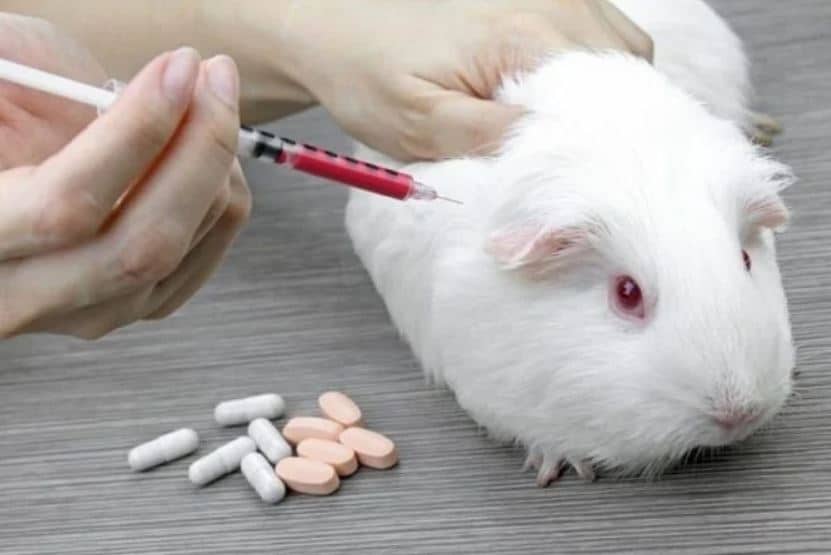
Animal testing is an outdated practice. In the past, the laboratories had limited research capabilities. There was also a lack of alternatives, making animal experimentation necessary. But today, we have progressed a lot, and we have tons of modern ways that can replace animal-based testing. The non-animal testing methods deliver more accurate results and are faster and less costly than animal testing.
If we are still using outdated cruelty methods to find cures to diseases or test consumer products, then we either lack innovation skills or are too lazy to innovate new things. If you’re wondering if animal testing is banned worldwide, then you’ll be shocked to know that many countries still advocate it.
Why is Animal Testing Considered Bad
Animal testing is considered bad because it is an inhumane practice, and it leads to injury, death, and mental agony for the animals. During these horrific experiments, animals are poisoned, burnt, and shocked. Sometimes, they are even killed after the experiment ends. The results of these experiments are also not very useful for humans. Animal physiologies are different, and tons of medicines have failed in humans even after showing effective results in animals.
Animal testing is also an outdated practice that needs to be stopped in the present era. Earlier, we did not have resources and were not technically sound, so we relied on animals for various experiments. But now, we have made many advancements, and there are better alternatives than animal testing to safeguard human health.
Pros and Cons of Animal Testing
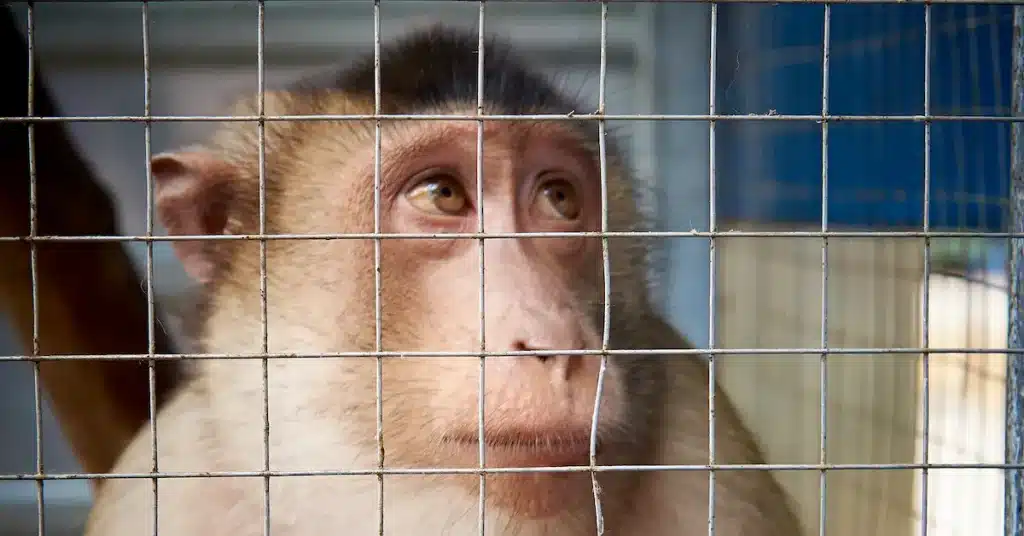
Pros
- Those who favor animal testing argue that it has life-saving medical benefits and can enhance the quality of human lives. The National Association for Biomedical Research has also stated that all medical breakthroughs have a basis in animal research. For example, animal research has led to advancement in treating severe medical conditions like brain injury, breast cancer, childhood leukemia, multiple sclerosis, cystic fibrosis, and tuberculosis.
- Animal testing benefits animals and can be used to save their lives. The advocates of animal testing argue that vaccines tested on animals have had positive effects on them. Millions of animals benefited from these vaccines that would have otherwise died from tetanus, feline leukemia, rabies, infectious hepatitis virus, distemper, and canine parvovirus. Remedies for conditions like hip dysplasia and glaucoma in animals were also developed using animal testing.
- The biology of animals is similar to that of humans. All mammals have the same organs, and they function similarly with the help of a central nervous system and the bloodstream. For example, mice are 98% biologically similar to humans. This makes it easier to conduct various experiments on them and observe the efficacy of the vaccines or medicines against various diseases. The learnings obtained from these tests can be very helpful in improving human healthcare.
- Another benefit of animal testing is that it protects humans from dangerous medical treatments. For example, when researchers and scientists introduced thalidomide to combat morning sickness in pregnant mothers, it led to adverse effects on their babies. In the 1950s, more than ten thousand babies with heart disease or deformities were born after their mothers took this drug to suppress morning sickness. Some researchers say that this happened because extensive animal testing was not conducted to check the efficacy and potential side effects of this drug. They say that extensive animal testing could have exposed the potential risks and prevented the medicine from reaching consumers.
- Because of the short life cycles of animals, they are considered better research subjects than humans. For example, laboratory mice live two to three years, making it easier for researchers to study the effects of genetic manipulation or treatments across several generations or over a whole lifespan, which won’t be possible using human subjects.
- The advocates of animal testing say it is a highly regulated practice, and various laws have been made to protect animals from hostile behavior.
Cons
- Those who are against animal testing believe it is morally unethical and leads to mental distress and pain to the animals. For example, animals are exposed to potentially toxic chemicals in varying amounts during toxicity tests to record resulting deaths and adverse side effects. Animals are also subjected to water or food deprivation and forced feeding. Inflicting wounds and burns to study the healing process and pain to study its remedies is inhuman.
- Animal testing should be banned because the results are not very reliable. Animals may process and absorb medicines and treatment products differently than humans. Therefore, the drugs that seem to be effective in animals can still be life-threatening to humans. 94% of drugs that showed efficacy in animals failed in human clinical trials. Over 85 HIV vaccines and 100 stroke drugs showed effective results in animals but failed during human trials.
- Animal testing is very costly and time-consuming. Laboratories must invest in veterinary care and housing and breed or purchase animals to conduct the tests. Some animal studies take five to six years to conclude.
Depressing Facts About Animal Testing
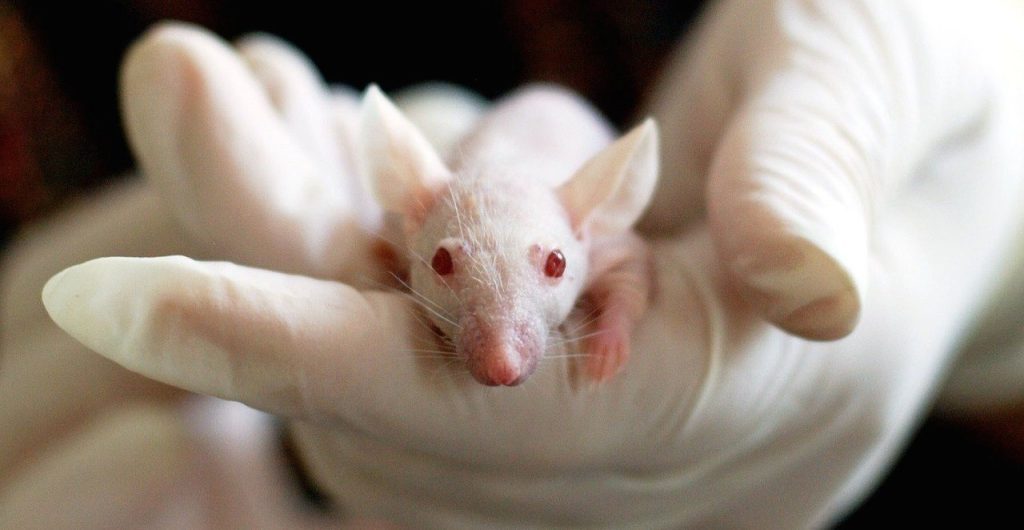
- More than one hundred and ten million animals—including frogs, dogs, mice, rats, cats, rabbits, monkeys, fish, hamsters, guinea pigs, and birds are killed in U.S. laboratories every year for medical training, biology lessons, curiosity-driven experimentation, and cosmetics, food, drug testing.
- 90% of the animals used in laboratories for various tests are not included in federal animal protection law.
- Between 2015 and 2019, a shocking observation was made wherein it was found that 300,000 animals covered under the AWA were used for painful tests without anesthesia or pain relief.
- A 2009 survey revealed that rats and mice used in painful, invasive surgeries like burn experiments and skull surgeries were only given post-operative pain relief 20% of the time.
- More than 93% of newly prepared cancer drugs that were deemed effective and safe for humans after testing on animals couldn’t even pass the first phase of human clinical trials.
- More than two hundred and eighty-five chimpanzees are still imprisoned in labs even though invasive experiments ended in 2015 on chimpanzees in the United States on these animal species.
What are the Ways to Stop Animal Testing?
- One of the best ways to stop animal testing is by buying cruelty-free products. Buy cleaning supplies, cosmetics, and skincare products that have not been tested on animals. This will reduce and stop animal testing in the long run.
- Educate your friends and family members about the horrors of animal testing. When people know the dark truth of animal testing, they will stop spending money on animal-tested products. When companies see declining demand for animal-tested products, they stop the practice.
- Opt out of dissecting frogs, mice, and other animals in biology classes. Advocate for the innocent animals to schools, educators, and students in your communities. This will cause the educators and college staff to adopt more humane learning methods about physiology and anatomy.
- Donate to organizations that work to minimize or eradicate animal testing. These organizations are mostly nonprofit and need donations of like-minded individuals to continue doing the great work. You can research organizations that work to end animal testing in your community.
Most Commonly Used Animals in Animal Testing
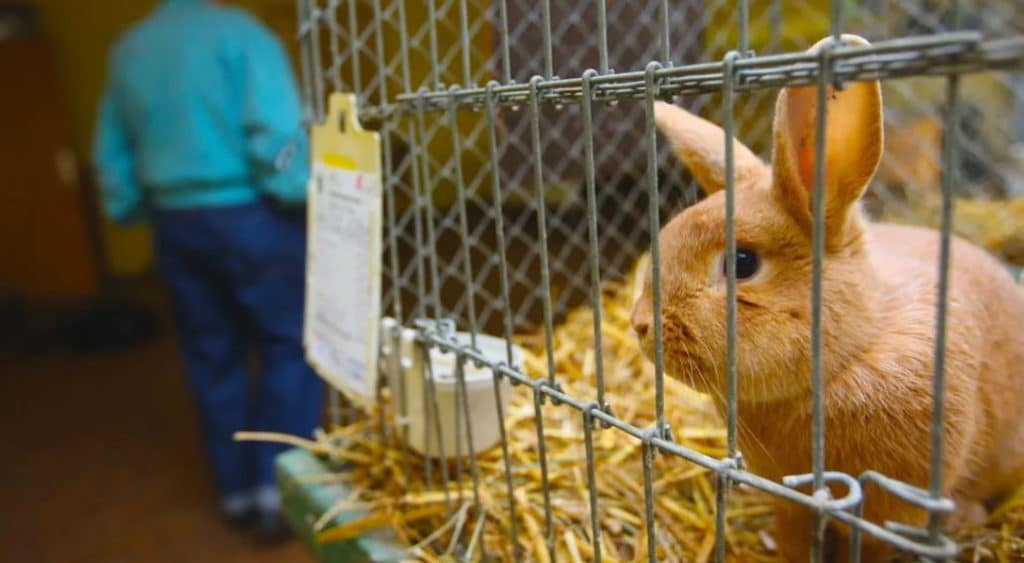
Many different animals are used worldwide for animal testing, depending on the experiment’s goal and its compatibility with the species. The most common animals for these tests include rats, rabbits, mice, fish, guinea pigs, hamsters, birds, cats, farm animals, dogs, and non-human primates like chimpanzees, monkeys, and mini-pigs.
Every year, more than one hundred and fifteen million animals go through horrific treatment in laboratory experiments. However, the correct number is unknown because only a few countries publish data related to animal testing. For example, 90 percent of the animals used in US laboratories are mice and birds, purpose-bred rats, reptiles, invertebrates, fish, and amphibians.
Can We Rely on Animal Testing Results?
Animal testing is dangerous, horrific, and unreliable. Many drugs that are deemed effective and safe in animals cause significant harm and fail in humans. U.S. Food and Drug Administration conducted a 2004 study wherein it was found that 92 percent of drugs that enter clinical trials after successful animal testing are not approved. And if, by chance, they are approved, half of them are relabeled or withdrawn due to lethal or severe adverse effects that are not detected during animal tests.
Conclusion
Animal testing should be banned because it is unethical and causes harm, pain, and mental distress to the animals. The results of these tests are not reliable, and it takes lots of time and money to conduct them. Many better alternatives in the recent era can be used to test drugs and cosmetics without causing any harm to innocent animals.
Human volunteers, computer models, and in-vitro testing are more effective and cheaper ways to conduct various tests. You can play a vital role in ending animal testing by saying no to animal-tested products, opting out of dissecting frogs, mice, and other animals in biology classes, and educating your loved ones about this inhumane practice.
This will end animal testing and help animals lead cruelty-free lives.
Frequently Asked Questions
Is Animal Testing Banned in The US?
Animal testing has been banned in a few US states, including Nevada, California, Virginia, Maryland, Illinois, and Maine. The Mexican Senate passed legislation on 19 March 2020 banning cosmetics testing on animals.
What are the Best Alternatives to Animal Testing?
There are many better alternatives to animal testing, including human volunteers, computer models, cell cultures, and human tissues. These methods are cost-effective, less time-consuming, and offer better results than animal testing.
Why Should Animal Testing Be Banned?
Animal testing should be banned because it is an inhumane practice that causes lots of pain, mental stress, and even death in the worst cases. These tests are unreliable, and many experimental drugs fail in clinical and human trials even after passing animal tests.

